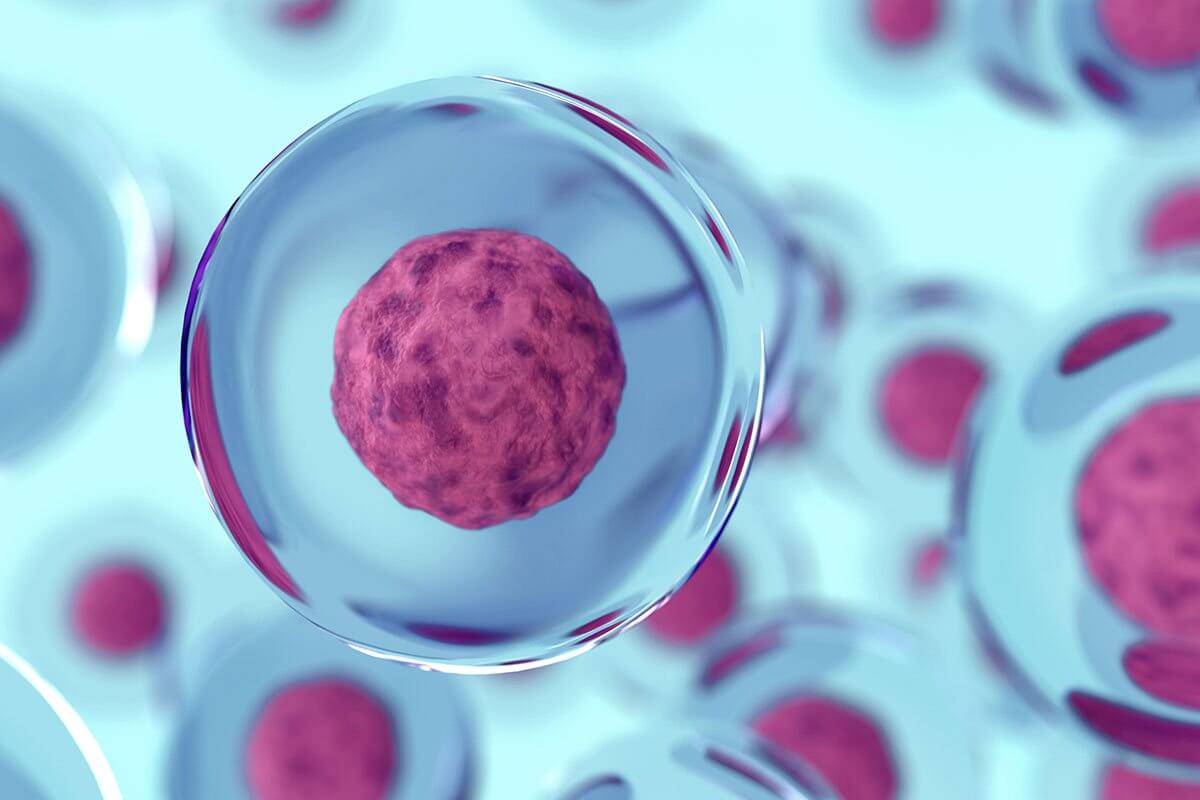Uncategorized
Harnessing the power of stem cells for tissue regeneration

In recent years, the field of regenerative medicine has made remarkable strides, offering hope for patients with debilitating diseases and injuries that were once considered untreatable. Central to these advancements are stem cells, the versatile building blocks of life, with the unique ability to self-renew and differentiate into various cell types. Harnessing the regenerative potential of stem cells has opened new avenues for tissue repair and replacement, revolutionizing the way we approach medical treatments and offering promising solutions for a wide range of conditions. This article explores the fascinating world of stem cells and their application in tissue regeneration.
Understanding stem cells
Stem cells are undifferentiated cells that can transform into specialized cells with specific functions, such as nerve cells, muscle cells, blood cells, and more. They are found in various tissues and organs of the body and serve as a natural repair mechanism, replacing damaged or dying cells to maintain tissue homeostasis. There are two main types of stem cells:
- Embryonics stem cells (ESCs): These stem cells are derived from the inner cell mass of a blastocyst, a structure formed a few days after fertilization in early human development. ESCs have the potential to differentiate into any cell type in the human body, making them highly valuable in research and regenerative medicine.
- Adult (Somatic) stem cells: Also known as tissue-specific or somatic stem cells, these are found in specific organs and tissues throughout the body, such as bone marrow, skin, liver, and brain. While they have more limited differentiation potential compared to ESCs, they play a crucial role in maintaining tissue integrity and repair throughout an individual’s life.
Harnessing stem cells for rissue regeneration
The primary goal of utilizing stem cells in tissue regeneration is to replace damaged or diseased cells with healthy, functional ones, thereby restoring the tissue’s normal function. Scientists and medical researchers employ various approaches to harness the power of stem cells:
- Transplantation: In certain cases, such as severe burns or blood-related disorders, adult stem cells, particularly hematopoietic stem cells from bone marrow or cord blood, are transplanted into patients to repopulate and replenish damaged tissues with healthy blood cells.
- Tissue engineering: Tissue engineering combines stem cells with biomaterials to create functional tissues or organs outside the body, which can then be implanted into the patient. This approach is particularly promising for the regeneration of organs like the heart, liver, and kidneys.
- Induced pluripotent stem cells (iPSCs): iPSCs are adult cells that have been reprogrammed to behave like embryonic stem cells. They offer a patient-specific and ethically uncontentious source of pluripotent stem cells for potential transplantation, drug testing, and disease modeling.
- Gene therapy: Stem cells can be engineered to carry specific genes that enhance their regenerative capabilities. By modifying the genes of stem cells, researchers aim to promote their differentiation into the desired cell types or stimulate their growth and repair potential.
Current applications and challenges
Stem cell-based therapies have already shown promising results in various clinical trials and applications. For example:
- Cardiac repair: Stem cells have been used to repair damaged heart tissue after a heart attack, improving heart function and patients’ quality of life.
- Bone marrow transplants: Hematopoietic stem cell transplantation has become a standard treatment for many blood-related disorders, including leukemia and lymphoma.
- Skin regeneration: Stem cells are being used to generate skin grafts for burn victims, promoting faster healing and reduced scarring.
Despite these advancements, several challenges remain in harnessing stem cells for tissue regeneration. Some of the key obstacles include:
- Immune rejection: If stem cells are derived from a donor, the recipient’s immune system may recognize them as foreign and mount an immune response, leading to graft rejection.
- Ethical concerns: The use of embryonic stem cells raises ethical issues due to the destruction of embryos during their extraction.
- Tumorigenic risk: In certain situations, stem cells may form tumors if they continue to proliferate uncontrollably after transplantation.
Harnessing the potential of stem cells for tissue regeneration holds great promise for revolutionizing medicine and improving the lives of countless individuals suffering from injuries and chronic diseases. As research progresses and technology advances, we can expect to see more innovative and effective stem cell-based therapies emerge, offering hope for patients and pushing the boundaries of what is medically achievable. However, it is crucial to address ethical concerns and thoroughly understand the safety and long-term effects of these treatments to ensure responsible and beneficial application in regenerative medicine.


